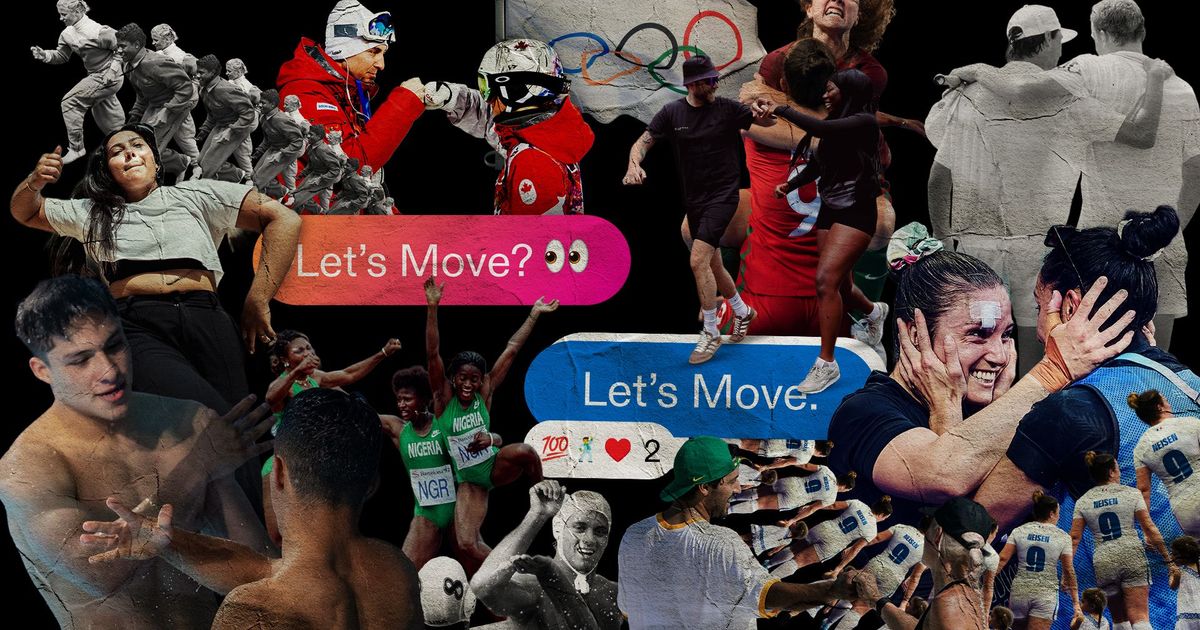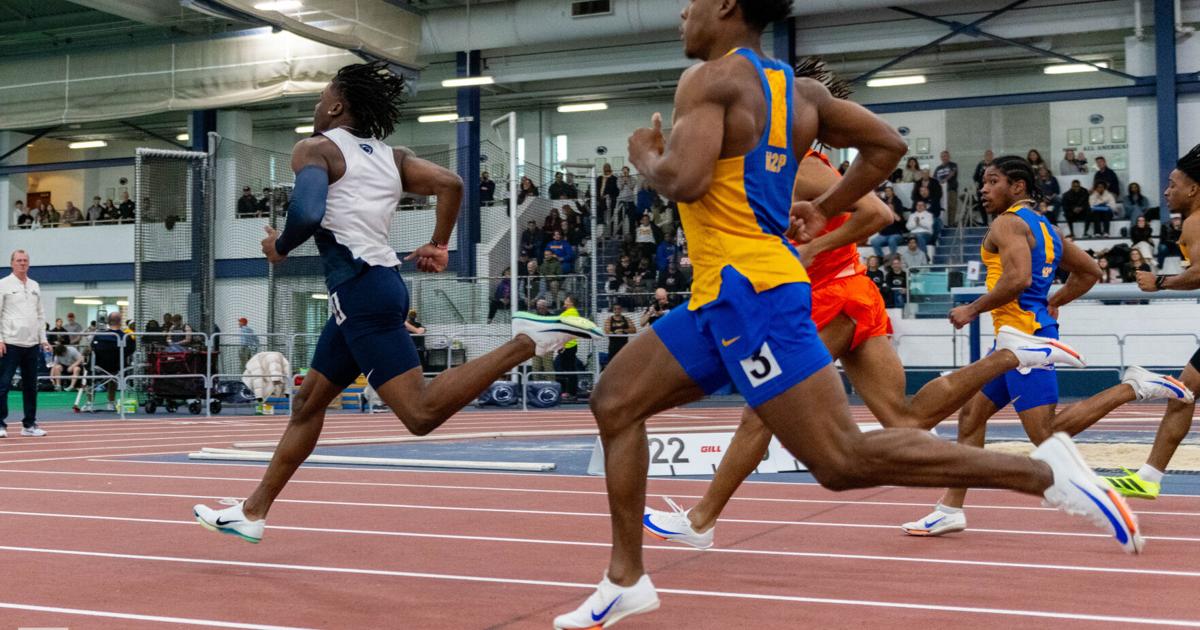In the wake of U.S. District Judge Claudia Wilken granting final approval to the 10-year settlement between the NCAA, power conferences and current and former D-I athletes represented by the House, Carter and Hubbard antitrust litigations, some fear the settlement will encourage schools to cut Division I non-revenue and Olympic sports teams.
A popular narrative is setting in: It insists the House settlement will impose new costs on schools that make it harder to justify keeping teams that aren’t either money-makers or needed to comply with Title IX’s gender equity requirements. But while the settlement is impactful, don’t fall for the head fake that it is the only or most important factor in schools’ decisions to keep certain sports or cut sports altogether.
It’s true that sports like tennis, track and field, and swimming and diving are more vulnerable in the post-settlement world. American Volleyball Coaches Association CEO Jaime Gordon recently said that 32 Division I Olympic sports teams have been cut since the settlement’s announcement.
To be sure, the House settlement will place new costs on colleges and up the cost of college sports. Colleges can elect to directly pay athletes a share of up to 22% of the average power conference athletic media, ticket and sponsorship revenue, with $20.5 million pegged as the initial annual cap. Those payments are in addition to athletic scholarships, which cover tuition, housing, health resources and other benefits, and NIL deals athletes with third parties.
Division I schools that decline to share revenue with athletes will face new costs, too.
The settlement calls for qualified athletes who played as far back as 2016 to receive about $2.8 billion over the next decade. The money reflects forgone NIL opportunities, denied revenue from broadcasts and potential earnings from video games that were never made on account of NCAA rules.
Both revenue-sharing and non-revenue-sharing schools, including Houston Christian University, which challenged the back pay feature, will see funds withheld. HCU has argued it will essentially pay $300,000 a year over the next 10 years, for a total of $3 million, on account of a settlement that it insists it never approved. Wilken denied that argument, noting HCU is bound by virtue of its NCAA membership.
But it’s important to remember that House settlement-related costs are not occurring in an intercollegiate sports vacuum. They should be placed in the broader context of higher ed; universities face a multiple budget challenges that aren’t related to athletics but will make it harder to fund athletics.
As a starting point, colleges face the dreaded “enrollment cliff.” A decline in U.S. birthrates beginning in 2008 means that an accompanying drop in the population of U.S. college-age students will hit universities by next year. The drop is expected to be about 15% and last until around 2041.
This development will have profound impacts on many universities, especially those in states expected to endure the harshest reductions—Illinois, for example, is projected to see a 32% drop in high school graduates between 2023 and 2041. Fewer students will mean decreases in revenue from tuition, dormitory, meal plan and student fees. Universities could mitigate the financial hit by raising prices on students, but that would be unpopular and could undermine recruitment and retention efforts.
Universities will also need to compete aggressively for fewer students. This is likely good news for students, as schools dangle more competitive financial aid packages and bad news for schools as they receive less money. This is particularly worrisome for the numerous colleges that are “tuition-dependent,” meaning most of their operating budget isn’t funded by donors, endowments or grants but instead by tuition dollars.
The Trump administration’s hostility toward international students is also a key consideration. Trump has attempted—unsuccessfully thus far—to block Harvard University from admitting international students. Also, the State Department has directed embassies to determine if prospective international students of U.S. universities have “hostile attitudes” before student visas are issued.
While these efforts are legally problematic and substantively dubious—the U.S. is strengthened when talented international students study here and join the American workforce—they’ll encourage some international students to head for other countries’ universities. A drop in international students will have sizable economic ramifications. Those students typically pay full tuition.
As schools brace for smaller enrollments, they also face the prospect of fewer and downsized federal grants. The Trump Administration has targeted federal assistance to universities for budget cuts. Research grants and Pell grants (which help undergraduate students who have financial needs) have faced, or are expected to face, reductions and more eligibility limitations. As of last month, universities had lost about $11 billion in research grants. Some researchers might leave U.S. schools and head abroad.
Another lifeline for colleges, the federal student loan system, is also in lawmakers’ crosshairs. As part of the ongoing budget debate, Congress is weighing reforms designed to increase the government’s chances for repayment, but critics charge this would lead more borrowers into risk of default. Colleges worry they would be required to reimburse the federal government if their students fail to repay their loans.
In addition, university endowments are eyed by lawmakers as a source of revenue to offset business and income tax cuts and other reforms. Congress is weighing several concepts that would raise, in some instances by high degrees, the excise tax universities pay on their endowment income. Endowments are often portrayed as de facto savings accounts for colleges, but that depiction is off base. Endowment funds are usually restricted for specific purposes, such as a scholarship for a student who meets certain criteria. They can’t be used to address most operational needs.
Universities’ tax-exempt status on account of their educational missions is also under review. Trump has openly questioned the justification of the tax exemption, particularly for Harvard but more broadly as well. Bloomberg recently reported that the Treasury Department is considering a reform that could revoke a college’s tax-exempt status if the school considered “race in student admissions, scholarships and other areas.”
It’s not just the federal government that could take money away from colleges. Some states are expected to reduce support. For example, in New Hampshire—which is already last among the 50 states for state public education funding as a percentage of revenue receipts—legislators are debating substantial reductions in financial assistance aimed at higher ed and public education.
The challenging landscape that colleges face won’t necessarily be all bad. It could lead universities to innovate, especially as the scope and quality of online education degrees and offerings. Colleges could attract new types of students, including adults who worked for years after high school and are interested in pursuing college as older students.
Likewise, four-year colleges will be incentivized to identify more students from junior colleges as attractive candidates for enrollment. There is a sports hook to note. The NCAA requires that junior college students have a 2.5 GPA at their school to become Division I eligible at a four-year college, whereas the NCAA usually requires only a 2.0 GPA for an athlete to remain eligible after transferring from one Division I college to another. Some junior college students who are athletes might thus be discouraged from continuing their studies at four-year schools.
This is not an abstract concern. University of Nevada wide receiver Cortez Braham Jr., who is currently suing the NCAA to play another season, has noted he would have transferred to West Virginia University in 2021, but his 2.47 GPA was judged too low.
The NCAA has maintained the GPA policy is sensible given educational goals.
“Academic achievement remains a priority for Division I members,” an NCAA spokesperson told Sportico. “The NCAA continues to work to find new ways to support student-athletes as they work toward earning their degree.”
Jeff White, the chief legal officer and a senior vice president at the National Junior College Athletic Association, told Sportico the NCAA should modify the GPA requirement for JUCO-to-four-year-college transfers so that it matches that for transfers between four-year schools.
“That does not mean [the NCAA] should lower the GPA requirements for two-year students,” White said. “We believe raising the standard for four-year students is just as reasonable.”
White added: “Ironically enough, many NCAA members already offer guaranteed transfer opportunities to two-year students at participating two-year colleges. So participants can transfer and attend as a student, but the NCAA will not allow them to participate as a student-athlete. In the face of the enrollment cliff, the NCAA is forcing its members to turn away student-athletes that otherwise academically qualify. Make that make sense.”
This new era of higher ed could also force universities to face hard, but necessary, choices that they’ve punted on for years. Some will decide whether to close a school or program that has become less relevant in an economy that will be shaped by AI and demographic shifts. To that point, given that about 95% of colleges report losing money on athletics, perhaps some should rethink offering varsity athletics or at least certain teams.
One thing is for certain: The House settlement is merely one of many factors that will reshape the future of college sports in America. Don’t give it more credit or blame than it deserves.
McCann is a professor of law and associate dean at UNH Franklin Pierce School of Law and a visiting professor of law at Harvard Law School.























 (via silentpyrotechnics/IG)
(via silentpyrotechnics/IG)














































